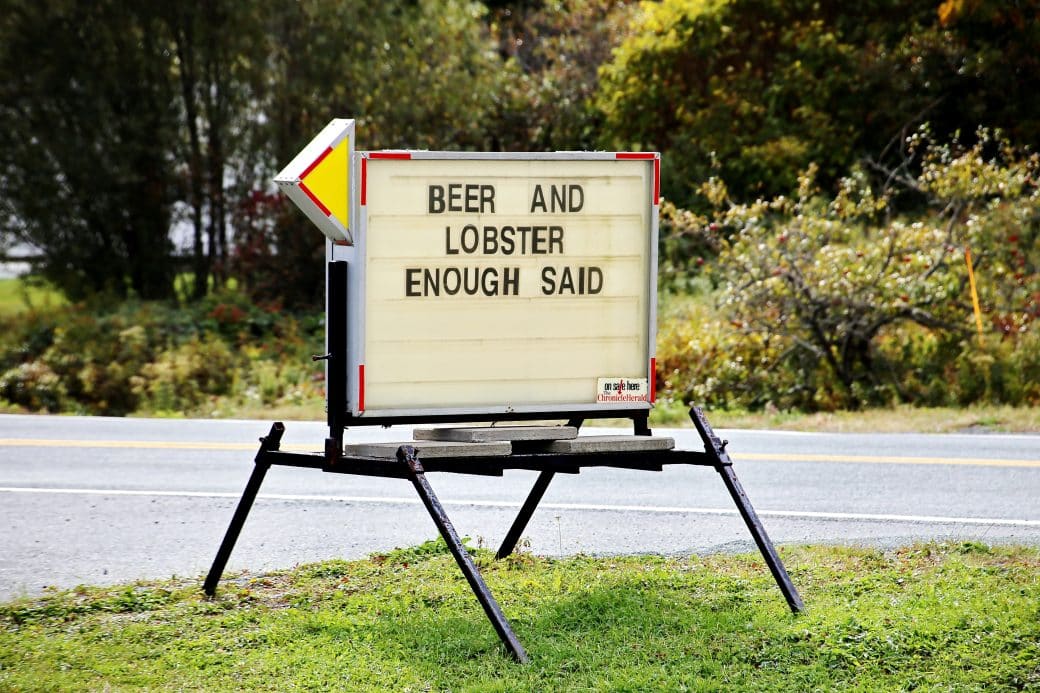Ever wondered what goes into turning a raw idea into something you can’t wait to flip through or scroll down? Let me take you through a journey into the publishing world, a place I’ve spent a good amount of time uncovering secrets and perfecting craft. “Unveiling the Publishing Process: A Behind-the-Scenes Guide to Crafting Compelling Content” is my compassionate guide designed to demystify the entire journey. From conjuring up an irresistible idea to seeing it live in print or online, I’m laying it all out there. It’s about the sleepless nights, the relentless editing, and the triumphant moment of publishing—crafted just for you.

Understanding the Concept of Compelling Content
Creating compelling content is a lot like baking; you need the right ingredients in the right proportions. When I think about what makes content truly gripping, it’s not just about giving out information. It’s about wrapping that information in a narrative that draws readers in, keeps them engaged, and leaves them wanting more.
The importance of gripping content
In a world flooded with information, grabbing your audience’s attention is more challenging than ever. For me, compelling content is what sets my work apart from the millions of bytes of data floating around. It’s the hook that grabs readers, the glue that keeps them there, and the magic that makes them come back for more. Engaging content isn’t just a nice-to-have; it’s a must-have in today’s competitive landscape.
The pillars of interesting content
From my journey in content creation, I’ve discovered three main pillars that uphold compelling content: relevance, engagement, and value. Content needs to resonate with the audience, engage them on a personal level, and provide something of value. Whether it’s solving a problem, providing new insights, or simply entertaining, value is what keeps readers satisfied.
How to identify the audience’s content needs
Understanding your audience is like having a map in an unfamiliar city; it guides your content creation process. I usually start by listening to my audience, through social media comments, emails, or feedback forms. Tools and analytics can also reveal a lot about their preferences, behaviors, and content consumption patterns. This insight helps me tailor my content to meet their specific needs and interests.
Coming Up with Unique and Engaging Ideas
Crafting content that resonates begins with unique and engaging ideas. It’s a process that requires creativity, research, and a bit of strategy.
Unleashing creativity and brainstorming ideas
Brainstorming is my go-to method for sparking creativity. I find that stepping away from the desk, perhaps going for a walk or engaging in a different activity, helps clear my mind and allows new ideas to surface. I keep a notebook handy to jot down thoughts as they come, no matter how outlandish they might seem at first.
Researching the market for popular trends
To ensure my content is relevant and engaging, I dive into market research. I look at what’s trending, what topics are getting traction, and what gaps there might be in the current discourse. Tools like Google Trends and social media platforms offer a wealth of information on popular topics and audience interests.
How to avoid redundancy and cliché themes
Avoiding clichés and redundancy is about adding your own touch to familiar themes. I always try to approach a topic from a unique angle or incorporate personal experiences and insights to give it a fresh perspective. It’s also helpful to look at what others are not saying and find ways to fill that space with your content.

Writing Striking Headlines
The headline is your content’s front door. It’s the first impression, and as we all know, first impressions matter a lot.
The role of headlines in compelling content
A good headline does two things: it grabs attention and compels the reader to dive into the content. It’s a delicate balance between being informative and intriguing. In my experience, headlines that pose a question, promise a solution, or provoke curiosity tend to perform best.
Analyzing bestselling headline formulas
There are several headline formulas that consistently perform well. ‘How to’ headlines promise a solution, listicle headlines promise quick and easy consumption (‘7 ways to…’), and headlines that challenge common beliefs provoke curiosity. Studying successful headlines in your niche can offer great insights into what works and why.
Testing various headline options for optimal results
I often write multiple headlines for a single piece of content and test them to see which performs better. A/B testing tools on email campaigns or social media advertising platforms can offer valuable data on which headlines capture more attention and engagement. It’s a process of trial and error that can significantly boost the effectiveness of your content.
Structuring the Content Effectively
A well-structured article is like a well-planned journey; it guides the reader smoothly from start to finish without confusing detours.
Creating a solid article structure
Before I start writing, I outline the main points I want to cover. This outline serves as a roadmap, ensuring that the content flows logically and cohesively. I make sure to introduce the topic clearly, present the information or argument, and conclude with a summary or call to action.
Balancing information and readability
The key to engaging content is balancing depth of information with ease of readability. No matter how complex the topic, I strive to present it in a clear and accessible language. Breaking down complex ideas into digestible parts, using examples, and explaining jargon are all strategies I employ.
Using subheadings and bullet points for better visual appeal
Subheadings and bullet points are not just about aesthetics; they make the content more readable. I use subheadings to break the article into sections, making it easier for readers to scan and find information. Bullet points help highlight key points and make details easier to digest, enhancing the overall reading experience.

Implementing SEO Best Practices
As much as we write for humans, we can’t ignore the search engines that will help them find our content.
Understanding SEO and its relevance in content creation
SEO, or Search Engine Optimization, is the practice of making your content more visible on search engines. It’s a crucial part of content creation because it affects how easily your audience can find your work. Incorporating SEO strategies doesn’t mean sacrificing quality; it’s about making your quality content more accessible.
On-page and off-page SEO practices
On-page SEO involves optimizing the content itself—using relevant keywords, optimizing images, and structuring HTML tags effectively. Off-page SEO focuses on building the site’s authority through backlinks and social media engagement. Both are essential for improving your content’s visibility and performance.
Keyword research and its placement in content
Keyword research helps me understand what my audience is searching for, and thus, what terms I should include in my content. Tools like Google Keyword Planner and SEMrush are invaluable for this. However, stuffing keywords arbitrarily can hurt readability and SEO. I aim for a natural integration of keywords, placing them where they make sense contextually and contribute to the overall flow of the article.
The Role of Imagery in Engaging Content
“A picture is worth a thousand words,” they say, and it’s especially true in content creation.
Selecting appropriate visuals for content
Choosing the right images is crucial for enhancing the message of your content. I look for visuals that are not only relevant but also evocative, capable of sparking emotion or interest. Sometimes, creating custom graphics or taking original photographs can offer a unique appeal to your content.
Balancing text and images for optimal engagement
The balance between text and visuals depends largely on the content type and audience preference. However, integrating images to break up long text, illustrate complex ideas, or simply add visual interest generally improves engagement. I ensure that each visual complements the content and adds value rather than serving as mere decoration.
Copyrights and legal aspects of using images
Navigating the legal aspects of using images is crucial to avoid copyright infringement. I primarily use royalty-free images from reputable sources or subscribe to stock photo services. When possible, acquiring direct permission from photographers or creating original visuals can be the safest and most authentic approach.

Editing and Proofreading
The final steps before publication involve meticulous editing and proofreading, ensuring your content is polished and professional.
The importance of precise editing
Editing is where I refine the content, sharpening the argument, smoothing out the structure, and ensuring clarity of expression. It’s also when I double-check facts, figures, and references, ensuring the content is accurate and trustworthy. This stage can significantly elevate the quality of the content.
Tools and techniques for effective proofreading
For proofreading, I rely on tools like Grammarly or the Hemingway App to catch grammatical errors and awkward phrasing. However, there’s no substitute for a human touch. Reading the content aloud or having another set of eyes review it can reveal issues that automated tools might miss.
Common writing errors to avoid
Common errors include excessive use of passive voice, overcomplicated sentences, and reliance on jargon. Keeping language simple, active, and clear not only improves readability but also makes the content more engaging for a wider audience.
Getting Feedback Before Publishing
Before hitting publish, getting feedback is an invaluable step in the content creation process.
Engaging with beta readers or critique partners
I often reach out to colleagues or friends to serve as beta readers. Their fresh perspective can catch things I’ve missed and offer insights on how the content might be received by the audience. Constructive criticism at this stage can make a significant difference in the final output.
Incorporating feedback for content improvement
Receiving feedback graciously and incorporating it effectively is crucial. I critically assess all feedback, separating subjective preferences from objective improvements. This process helps refine the content further, ensuring it’s as strong as it can be before going live.
Dealing with negative critiques or comments
Not all feedback will be positive, and that’s okay. Negative critiques offer an opportunity for growth and improvement. I try to discern the constructive elements within any negative feedback and learn from them. Ignoring trolls while addressing legitimate criticism respectfully is my approach.
The Process of Content Publication
Publishing content is more than just hitting the ‘publish’ button. It’s about choosing the right platform and timing to maximize reach and impact.
Choosing the right platforms for publication
Selecting where to publish is influenced by where my audience spends their time. Whether it’s a personal blog, a professional website, or social media platforms, understanding the strengths and audience of each platform helps me make informed decisions.
The timing and frequency of content release
Consistency is key in content creation. I plan my publications to maintain a steady flow of content, keeping the audience engaged without overwhelming them. Timing publications around peak activity times of my audience maximizes visibility and engagement.
Continuous content marketing for maintaining engagement
After publication, promoting the content across various channels helps extend its reach. Sharing on social media, sending out to email subscribers, and engaging with comments and shares keeps the conversation going and draws more attention to the content.
Evaluating Content Success
Understanding how well your content performs is crucial for refining and improving your content strategy.
Defining parameters for content success
Success metrics vary depending on goals—be it engagement, conversions, or shares. I set clear objectives for each piece of content, which guide me in measuring its performance. Whether it’s through analytics tools, feedback forms, or social media interactions, having defined parameters helps assess content success accurately.
Monitoring content performance over time
Regularly reviewing content performance gives me insights into what works and what doesn’t. This ongoing evaluation helps in adjusting strategy, improving content quality, and better meeting audience needs.
Adjusting content strategy based on performance feedback
Based on performance feedback, I continually refine and adjust my content strategy. This could mean focusing on topics that resonate more with the audience, experimenting with different formats, or optimizing promotion tactics. The goal is always to enhance engagement and achieve better outcomes with each piece of content I publish.
In conclusion, crafting compelling content is a dynamic and multifaceted process that involves understanding your audience, unleashing creativity, structuring your message effectively, and evaluating its impact. By following these behind-the-scenes steps, I strive to create content that not only reaches but resonates with my audience, fostering engagement and loyalty over time.
Sources
- https://www.linkedin.com/pulse/behind-the-scenes-look-creating-engaging-content-digitalenterprises-fj0hf?trk=article-ssr-frontend-pulse_more-articles_related-content-card
- https://typli.ai/blog/ai-powered-content-creation-unveiled-the-definitive-guide-to-crafting-compelling-content-with-artificial-intelligence
- https://www.ecgprod.com/a-guide-to-behind-the-scenes-content-in-marketing/



